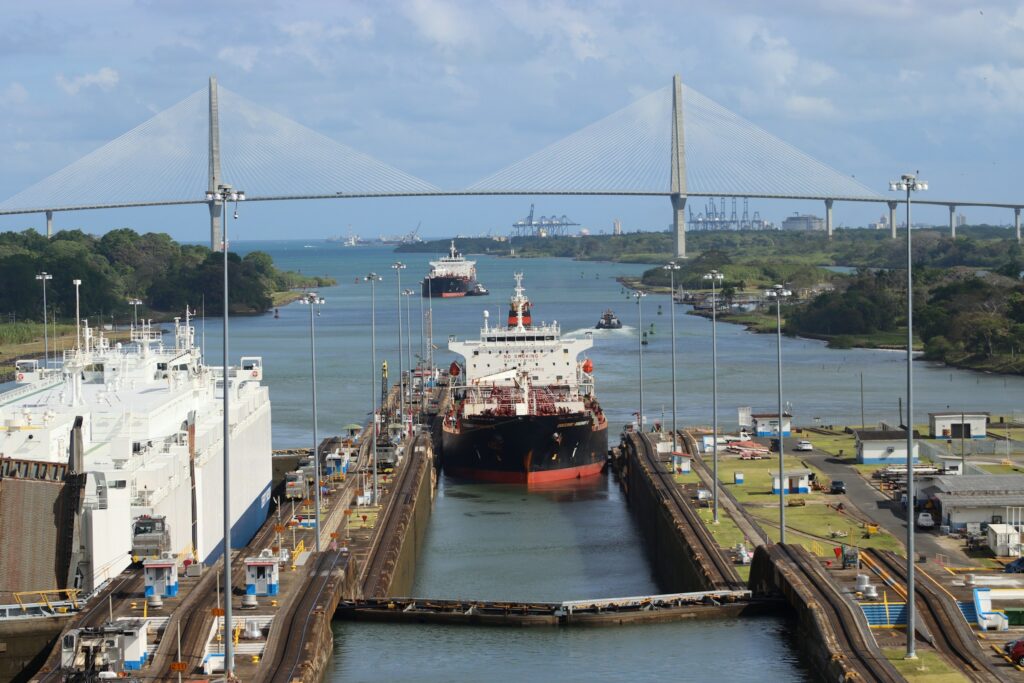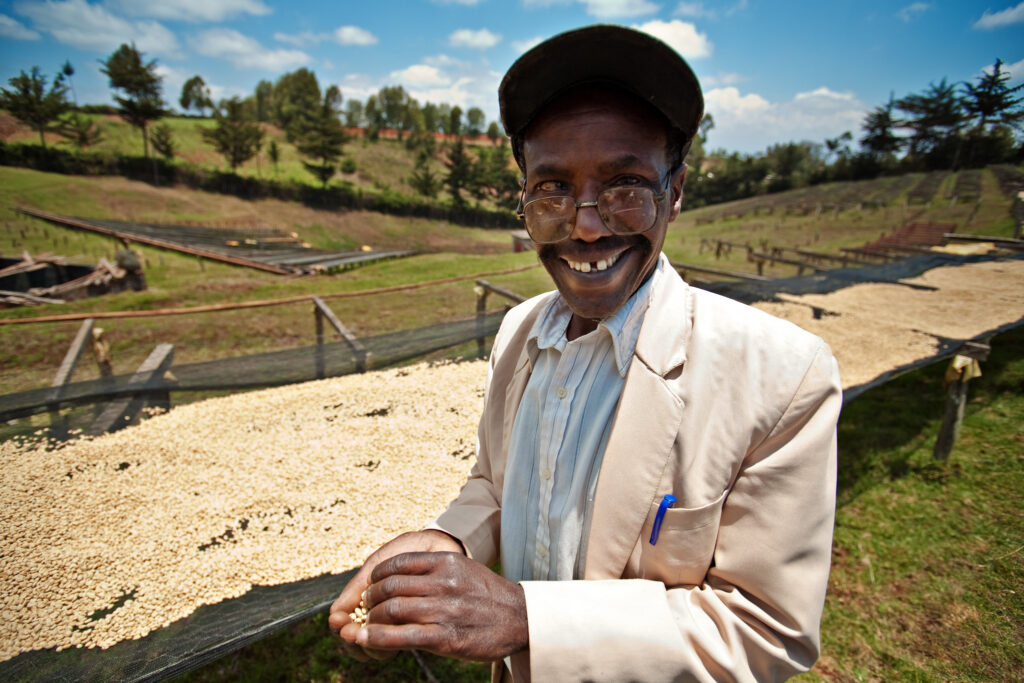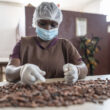The Daily Grind
The life of a commodity trader is characterized by high intensity, rapid decision-making, and constant vigilance. Commodity traders focus on buying and selling physical goods such as oil, gold, agricultural products, and more. Here’s a closer look at what their day-to-day life entails:
- Early Starts: Commodity markets often open early, and traders need to be ready before the bell rings. They start their day by catching up on global news, economic data, and market trends that could impact commodity prices.
- Market Analysis: A significant portion of the morning is spent analyzing charts, historical data, and market reports. Traders use technical analysis to identify patterns and fundamental analysis to understand market forces like supply and demand, geopolitical events, and economic indicators.
- Strategy Development: Based on their analysis, traders develop strategies for the day. This involves deciding which commodities to trade, setting entry and exit points, and defining stop-loss levels to manage risk.

The Trading Floor
Whether on a physical trading floor or a virtual platform, the environment is highly dynamic. Here’s what happens during trading hours:
- Executing Trades: Traders execute buy and sell orders based on their strategies. This requires quick decision-making and the ability to remain calm under pressure. Prices can fluctuate wildly, and traders need to act swiftly to capitalize on opportunities.
- Monitoring Markets: Continuous monitoring is crucial. Traders keep an eye on live price feeds, news updates, and market alerts. They adjust their positions in response to new information, aiming to maximize profits and minimize losses.
- Risk Management: Managing risk is a core aspect of trading. Traders use various tools and techniques to hedge their positions, diversify their portfolios, and protect against adverse market movements.
Post-Market Routine
After the market closes, the work isn’t over:
- Reviewing Trades: Traders review the day’s activities, analyzing what went right or wrong. This helps in refining strategies and improving future performance.
- Reporting: Detailed reports are prepared, outlining the trades made, profits and losses, and any other relevant information. These reports are essential for personal records and for meeting regulatory requirements.
- Research and Learning: The commodity market is constantly evolving. Traders spend time researching new strategies, learning about market trends, and keeping up with economic developments. Continuous education is vital for staying competitive.

Challenges and Rewards
The life of a commodity trader is not without its challenges:
- High Stress: The pressure to make profitable trades can be immense. Market volatility, financial risks, and the constant need for vigilance contribute to high stress levels.
- Financial Risks: Trading commodities involves significant financial risk. Poor decisions can lead to substantial losses, impacting both personal and professional life.
- Work-Life Balance: The demanding nature of the job can make it difficult to maintain a healthy work-life balance. Long hours and the need to stay informed outside of regular trading hours can take a toll on personal life.
However, for those who thrive in this environment, the rewards can be substantial:
- Financial Gains: Successful traders can earn substantial profits, making commodity trading a lucrative career.
- Intellectual Stimulation: The dynamic nature of the markets provides continuous intellectual challenges, making the job intellectually stimulating.
- Global Perspective: Commodity trading offers a global perspective, as traders deal with international markets and geopolitical events that impact prices worldwide.
- Origin Trips: As a trader, depending on the commodity, you may be traveling to origin quite often to meet up with suppliers, exporters, and client visits. This will give you a global network.
Trading Community
As a trader, your Rolodex is your best ally. Traders depend on many other stakeholders to deliver what they promise.
Investing in your network is your best bet.
In the best ‘Marc Rich’ tradition, ‘your word is your bond’. So, be honest, cultivate your network, and make sure to share credit when due.
Takeaway
Life as a commodity trader is a mix of excitement, challenge, and reward. It requires a sharp mind, a calm demeanor, and a relentless pursuit of knowledge.
While the financial gains can be significant, the journey demands dedication, continuous learning, and a strong support system.
For those passionate about markets and commercial excellence, commodity trading offers a career path that is a never-ending learning opportunity.








